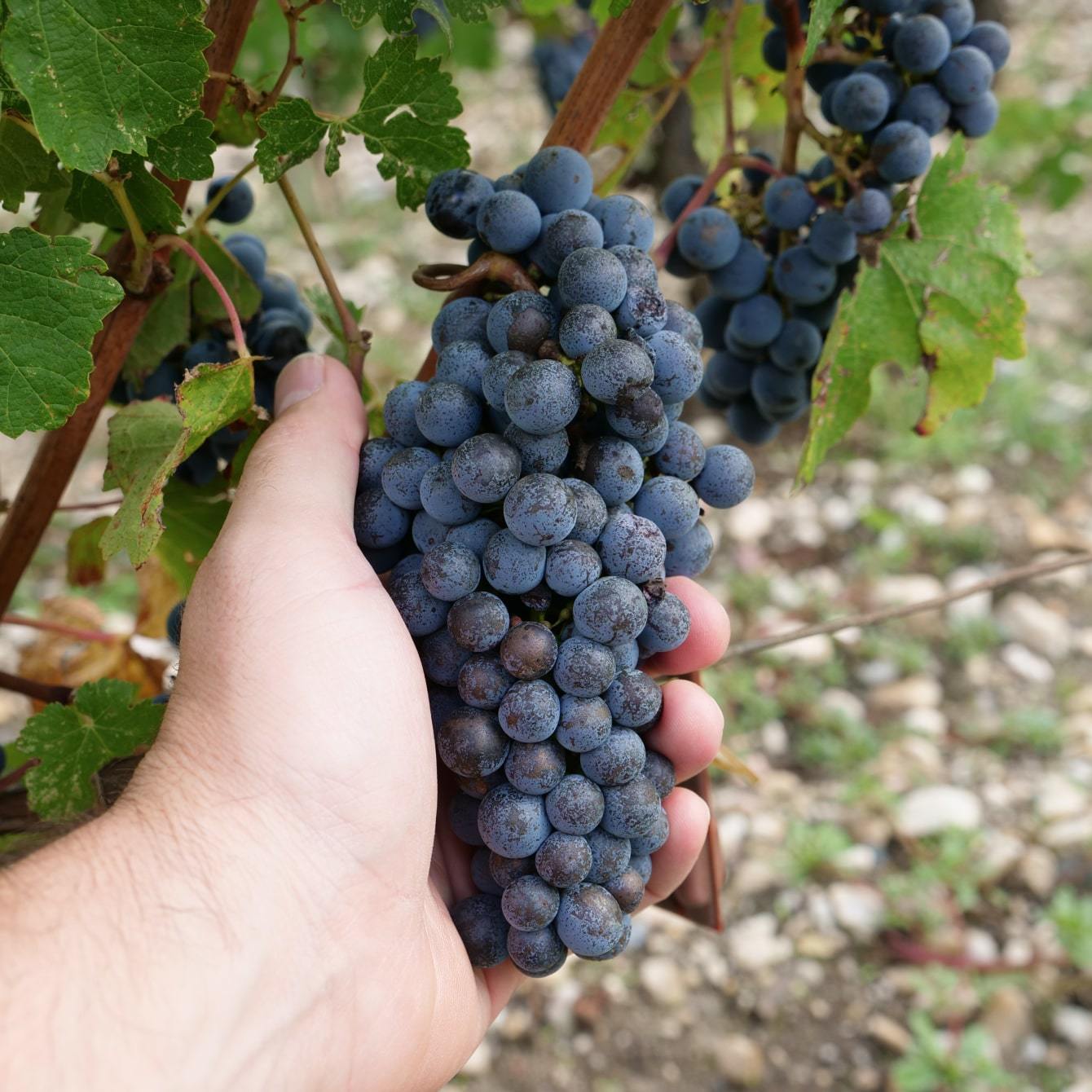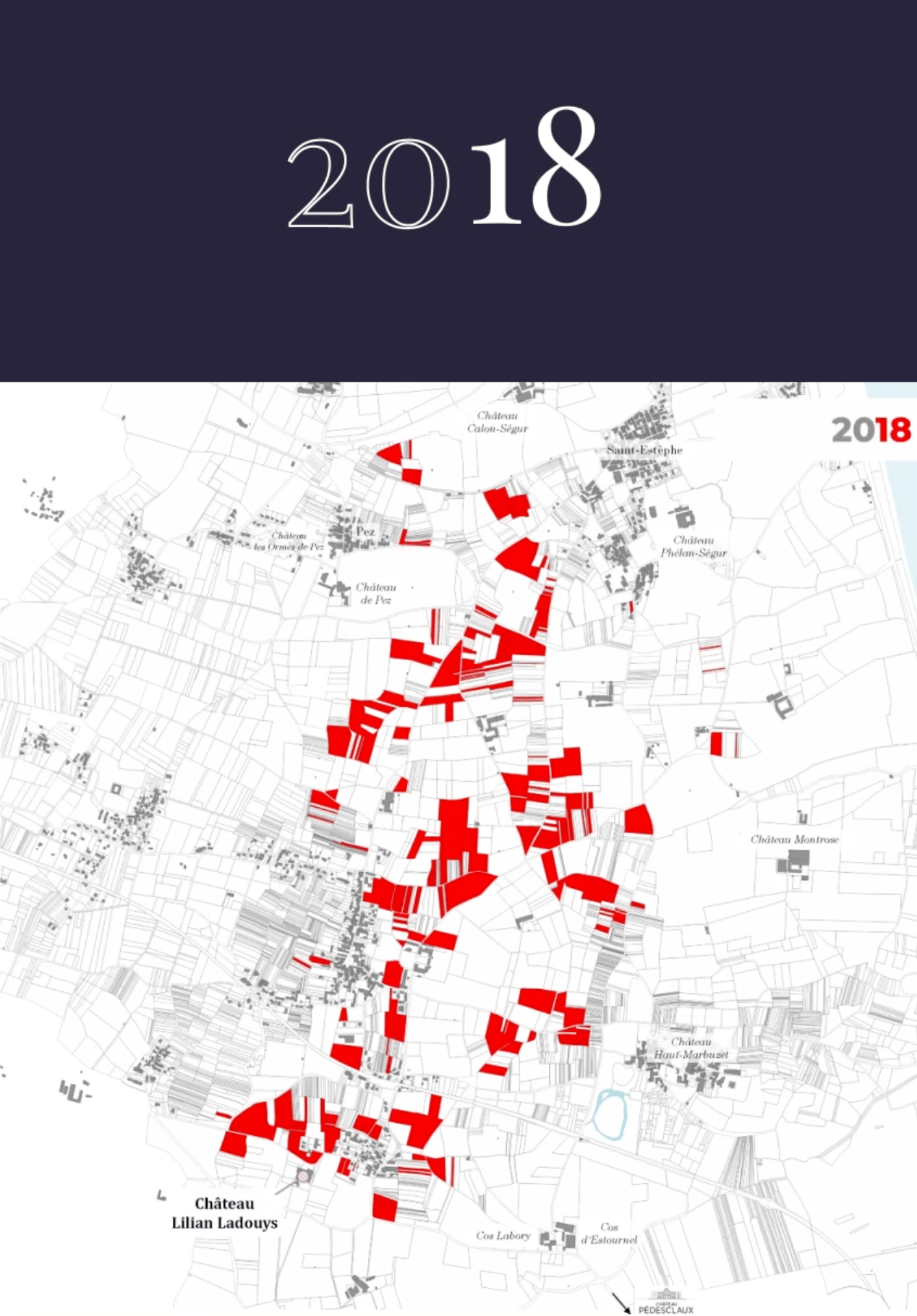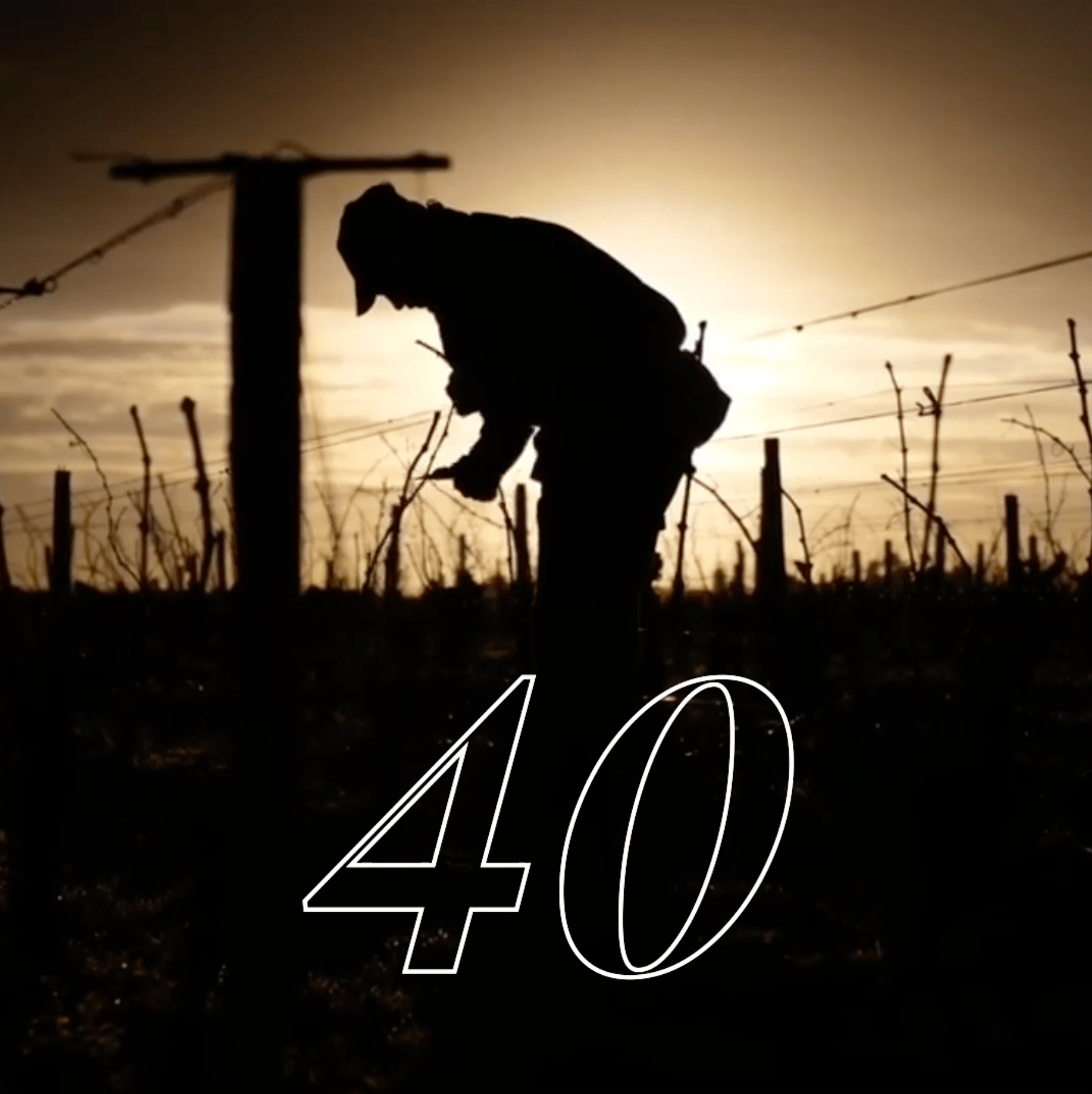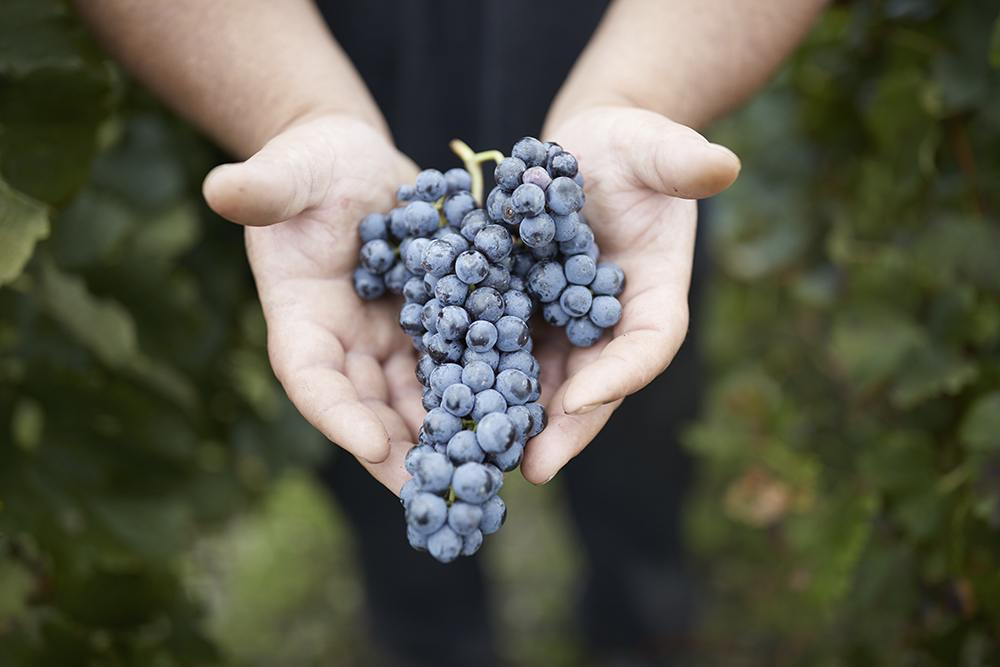In 2024, Château Lilian Ladouys unveiled its first organically grown vintage.
We embarked on an official conversion to organic farming in 2020.
Located on a plateau of deep clay-gravel soils, along the axis linking Château Lilian Ladouys to Calon Ségur, our vineyard extends over more than 40 hectares. Our vines draw their strength and character from the clay and limestone subsoils, true geological treasures of the appellation
Since the Lorenzetti family bought the property, we have engaged in a massive programme of land consolidation. This has enabled us to create coherent clusters of plots, planted with carefully chosen grape varieties, in the manner of the 19th-century vineyards, and so to recreate the ideal conditions for these vineyards to achieve their full potential.



